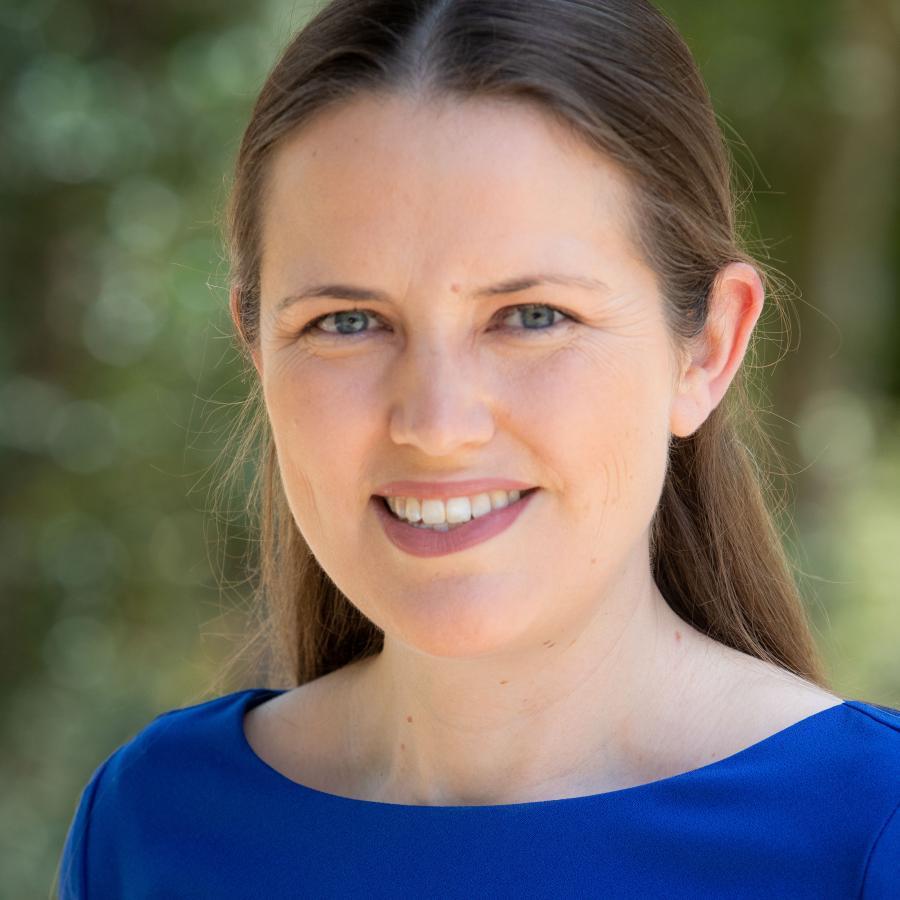Research: Elevated
Search for Elusive Dark Matter
We Place a High Value on Research
A hallmark of Westmont’s outstanding undergraduate liberal arts education is providing opportunities for students to conduct significant research with faculty.
Approximately 1,350 undergraduates (including 150 in off-campus programs) enjoy a student-to-faculty ratio of 11 to 1 and an average class size of 18, which allows them to develop close relationships with outstanding faculty who are committed to teaching, scholarship, research, service and involving undergraduates in research.
Student Research Opportunities
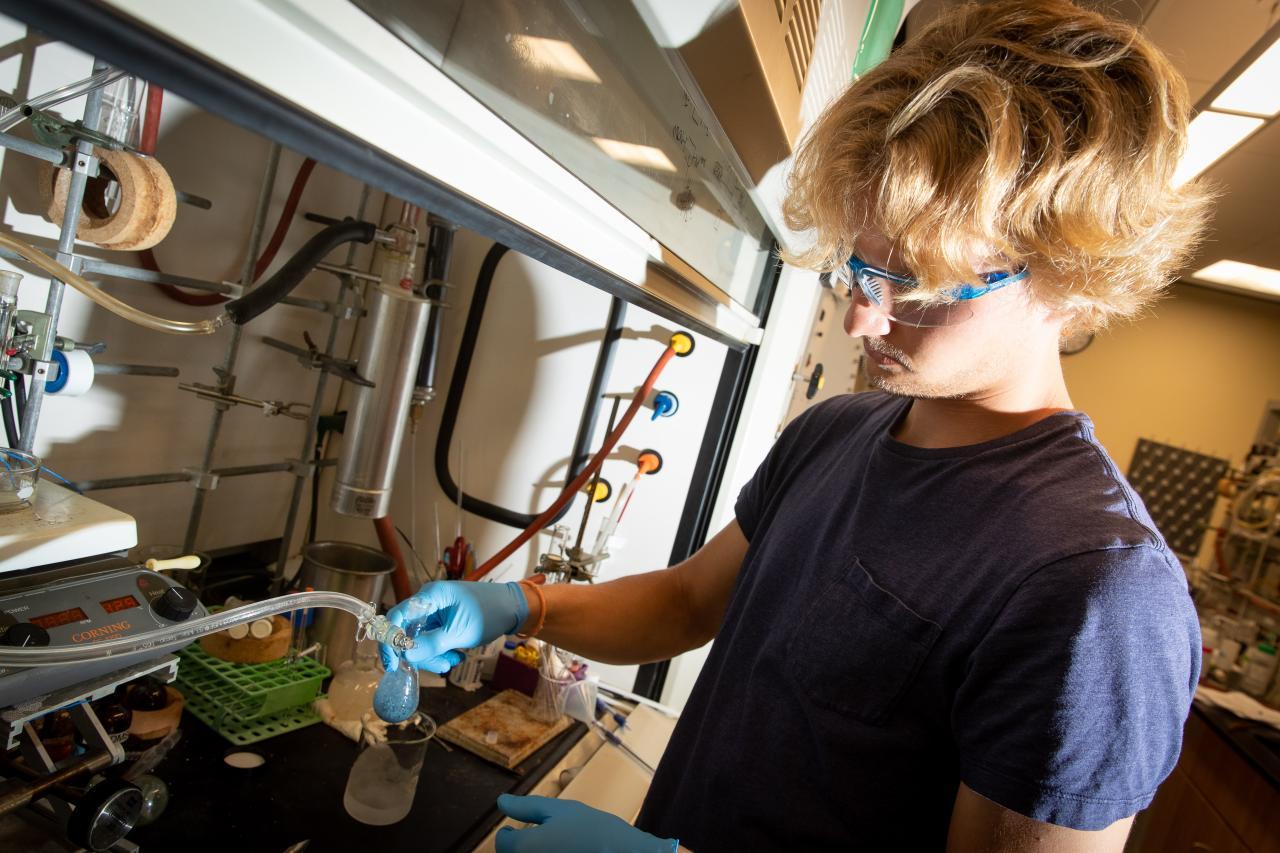
Summer Research
Each summer, approximately 30 students from STEM fields work as full-time research assistants, collaborating closely with professors on cutting-edge projects. Many of these research projects extend into the school year. Some students even co-author scientific papers with their faculty.
Major Honors Projects
Students from any major may choose to replace their senior capstone experience with a Major Honors project. These year-long research opportunities take various forms, but they each involve extensive independent research into a topic of the student's choice.
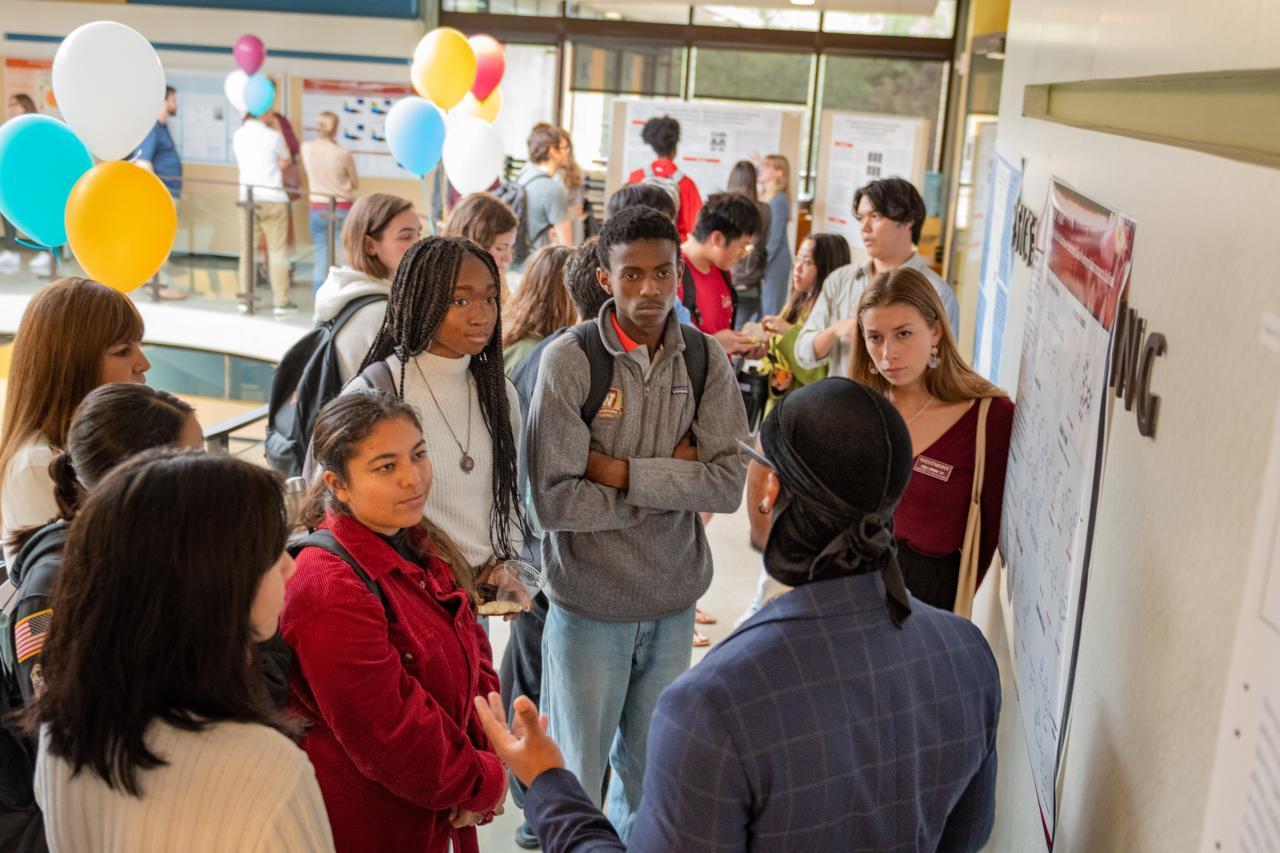
Student Research Symposia
Every semester, students present their research to the Westmont community through posters and short presentations. The projects range from novels to psychology research to chemical bonding studies.
See examples of recent research in the 2024 Celebration of Summer Research Program.
Alumni Testimonials
George Mathen ‘20 began medical school at the Loma Linda School of Medicine shortly after graduating. The inaugural class of Advent Health Orlando elected him to represent and address the distinct challenges and opportunities faced by the new regional campus, such as clinical rotations, distance learning and student support network. He collaborates with campus deans and fellow class officers to develop and implement initiatives that improve quality of student life. He says his rigorous liberal arts education has equipped him well for a career in medicine because it provided him with a toolset to think effectively and creatively across disciplines. “Intertwine both of these factors—an interdisciplinary education and the formation of oneself—and it's no wonder that we have such a high percentage of well-rounded, pre-health students accepted into their desired professional school,” he says. “I’m grateful for such an education at Westmont as it has taught me to think broadly, to reserve judgement while collaborating alongside those with different perspectives, and most importantly, to envision creatively and meaningfully a life of human flourishing.”
Sara Johnson '05, triple board certified in Emergency Medicine, Preventive Medicine and Public Health, and Lifestyle Medicine, earned a Doctor of Medicine from the Keck School of Medicine at USC. Her work as an emergency physician in one of the nation’s largest safety-net hospitals allowed her to experience the epidemic of chronic disease we face in our country as well as to learn how ineffective our standard treatments for these diseases often are. "My liberal arts education at Westmont helped pave my path to medicine and then course-correct toward the emerging field of lifestyle medicine," she says. "Beyond the scope of my biology books, I gained valuable skills and traits from my Westmont experience that too many of my colleagues in medicine lack: strong and broad scientific understanding; critical thinking skills; empathy and compassion; willingness to challenge dogma; holistic approach to knowledge; appreciation for multiple perspectives; all-encompassing, restorative stewardship of God’s creation.

Research about workplace bias, co-authored by Westmont's dean of faculty development. gains national attention.
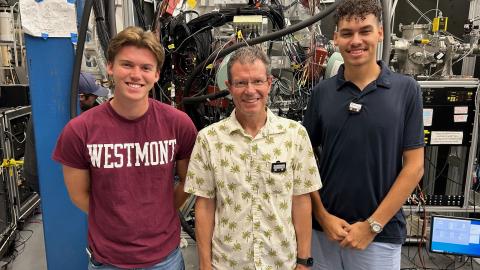
Students conduct novel nuclear physics experiment to study the structural properties of an exotic isotope of gallium at Florida State University.

Engineering students release their senior project, a Northrop Grumman-sponsored high altitude, thermally protected, impact-resistant drop vessel.
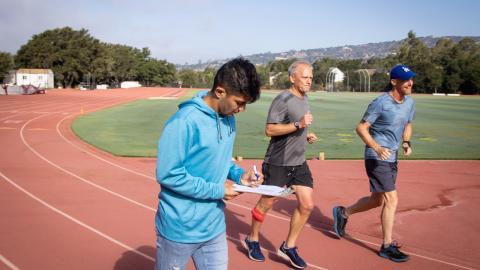
Tim Van Haitsma, Westmont professor of kinesiology, presented data about the power of mental strength training for runners at the American College of Sports Medicine’s annual mega-conference. The research has been published in Outside Magazine.



